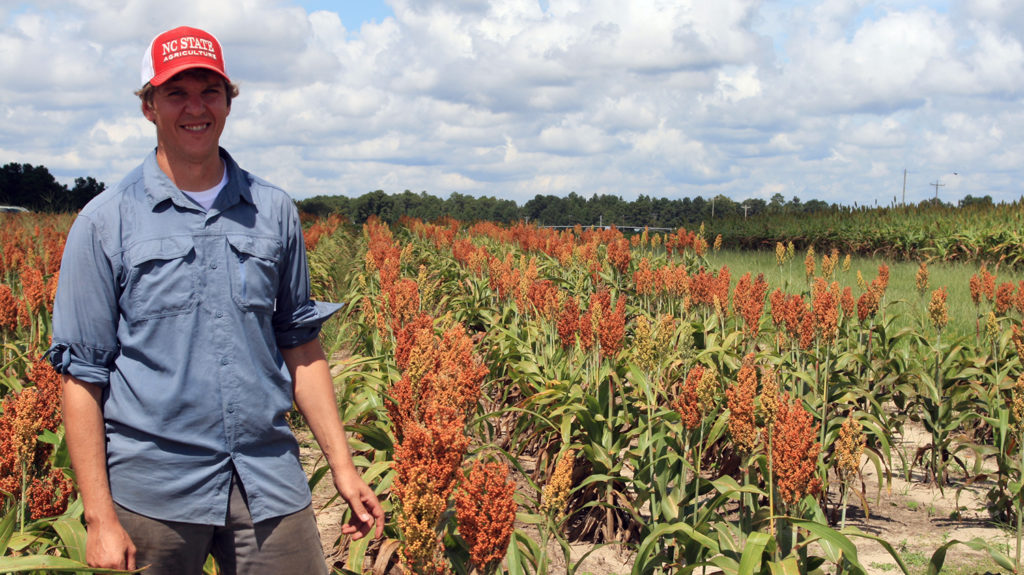Anders Huseth
Assistant Professor and Extension Specialist
Forecasting Landscape and Environmental Change, Agricultural Pests
Entomology and Plant Pathology
Bio
Anders uses geospatial analytics to understand how crop production patterns affect insect pest populations. He applies spatio-temporal models to understand how agricultural pests respond to agroecosystem structure and whether this knowledge can be leveraged to reduce pesticide use. Results of his research defines crop infestation risk and damage mitigation strategies for crops in North Carolina. Other interests include pesticide resistance evolution, predator-prey interactions within managed landscapes and remote sensing for agriculture.

Publications
- Extended Sentinel Monitoring of Helicoverpa zea Resistance to Cry and Vip3Aa Toxins in Bt Sweet Corn: Assessing Changes in Phenotypic and Allele Frequencies of Resistance , Insects (2023)
- No-till imparts yield stability and greater cumulative yield under variable weather conditions in the southeastern USA piedmont , Field Crops Research (2023)
- Optimization of 13-tetradecenyl acetate sex pheromone for trapping Melanotus communis (Coleoptera: Elateridae) , Journal of Economic Entomology (2023)
- Spotted Cucumber Beetle/Southern Corn Rootworm: Profile of a polyphagous native pest , Journal of Integrated Pest Management (2023)
- A Multimodal Sensing Platform for Interdisciplinary Research in Agrarian Environments , SENSORS (2022)
- A Symmetrical Diester as the Sex Attractant Pheromone of the North American Click Beetle Parallelostethus attenuatus (Say) (Coleoptera: Elateridae) , Journal of Chemical Ecology (2022)
- Helicoverpa zea (Lepidoptera: Noctuidae) feeding incidence and survival on Bt maize in relation to maize in the landscape , Pest Management Science (2022)
- Helicoverpa zea (Lepidoptera: Noctuidae) Thresholds and Yield Compensation Between Soybeans with Determinate and Indeterminate Growth Habits , JOURNAL OF ECONOMIC ENTOMOLOGY (2022)
- Host plant resistance, foliar insecticide application and natural enemies play a role in the management of Melanaphis sorghi (Hemiptera: Aphididae) in grain sorghum , FRONTIERS IN PLANT SCIENCE (2022)
- Imidacloprid-resistant Aphis gossypii populations are more common in cotton-dominated landscapes , PEST MANAGEMENT SCIENCE (2022)
